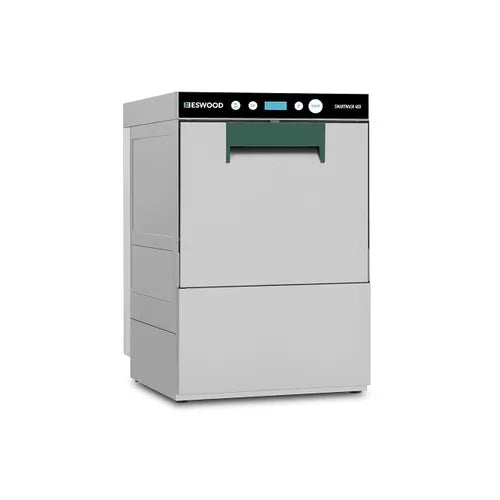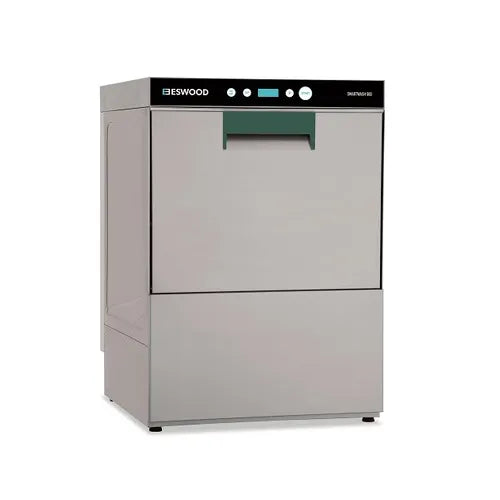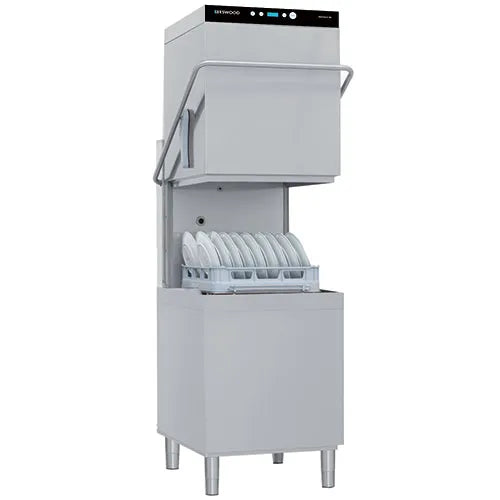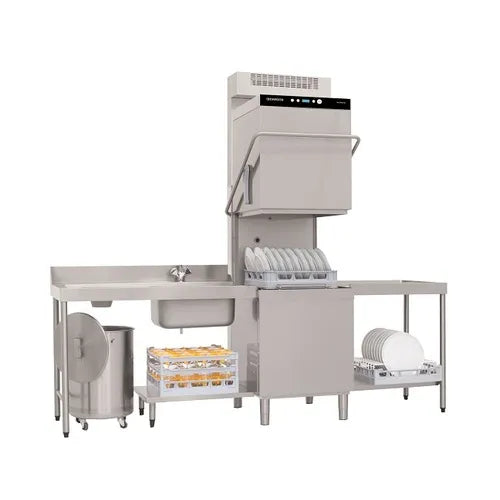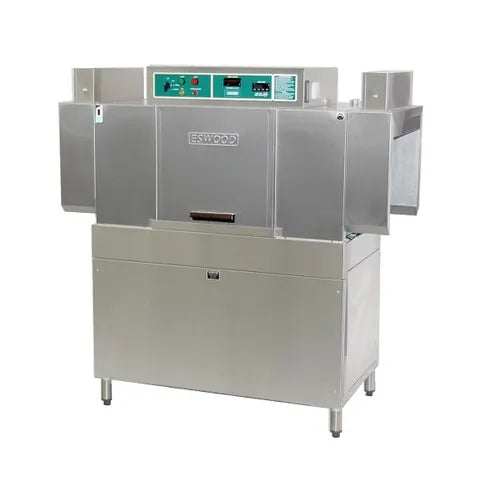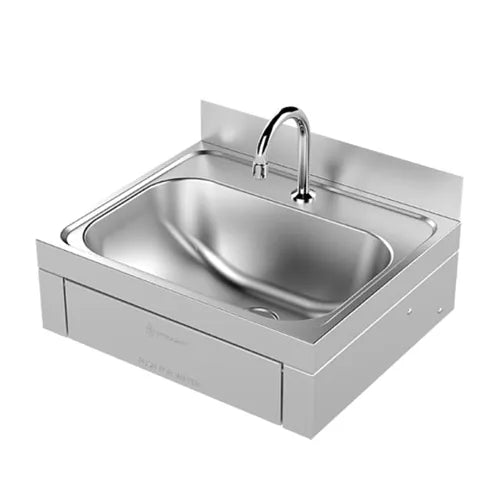When it comes to plumbing systems, especially in commercial kitchens, healthcare, and hospitality settings, safety and efficiency are top priorities. One critical component that often goes unnoticed but plays a vital role is the tempering valve. But what exactly is a tempering valve, and why is it so important?
What is a Tempering Valve?
A tempering valve, also known as a thermostatic mixing valve (TMV), is a plumbing device that blends hot water with cold water to deliver water at a safe, controlled temperature. It’s installed at outlets such as basins, showers, or sinks to prevent scalding and ensure consistent water temperature.
Unlike simple mixing valves, tempering valves actively adjust the mix of hot and cold water based on real-time temperature changes, maintaining a stable output even if water pressure fluctuates.
How Does a Tempering Valve Work?
The tempering valve monitors the temperature of incoming hot water and mixes in cold water as needed to achieve the desired output temperature. If the hot water gets too hot, it automatically increases the cold water ratio, protecting users from burns. Similarly, if the cold water pressure drops, the valve adjusts to maintain steady warmth.
Benefits of Using a Tempering Valve
1. Safety First — Prevents Scalding
Tempering valves significantly reduce the risk of scald injuries by regulating water temperature. This is especially crucial in environments like hospitals, nursing homes, childcare centers, and commercial kitchens where vulnerable individuals need protection.
2. Energy Efficiency
By delivering water at a controlled temperature, tempering valves can reduce the need to run water longer to achieve comfort. This can save both water and energy over time, lowering utility bills and environmental impact.
3. Compliance with Regulations
Many health and safety regulations require the installation of tempering valves in commercial and public buildings. Using these valves helps businesses stay compliant with local plumbing codes and workplace safety standards.
4. Consistent Water Temperature
Tempering valves ensure a stable temperature output regardless of fluctuations in water supply pressure or temperature, enhancing user comfort and preventing sudden hot or cold bursts.
5. Extended Equipment Life
By preventing excessively hot water from reaching fixtures, tempering valves help reduce wear and tear on plumbing components, prolonging their lifespan and reducing maintenance costs.
Where Are Tempering Valves Used?
Tempering valves are commonly found in:
-
Hospitals and healthcare facilities
-
Commercial kitchens and restaurants
-
Schools and childcare centers
-
Public restrooms and washrooms
-
Residential homes, especially for elderly or children’s bathrooms
Final Thoughts
Installing a tempering valve is a smart investment in safety, efficiency, and compliance. It ensures water is delivered at a safe, comfortable temperature, protecting users from scalds while helping reduce energy costs.
If you’re outfitting a commercial or hospitality facility, or upgrading your plumbing system, consider incorporating tempering valves. At Hospitality Connect, we offer a range of high-quality tempering valves designed for reliability and ease of installation.


